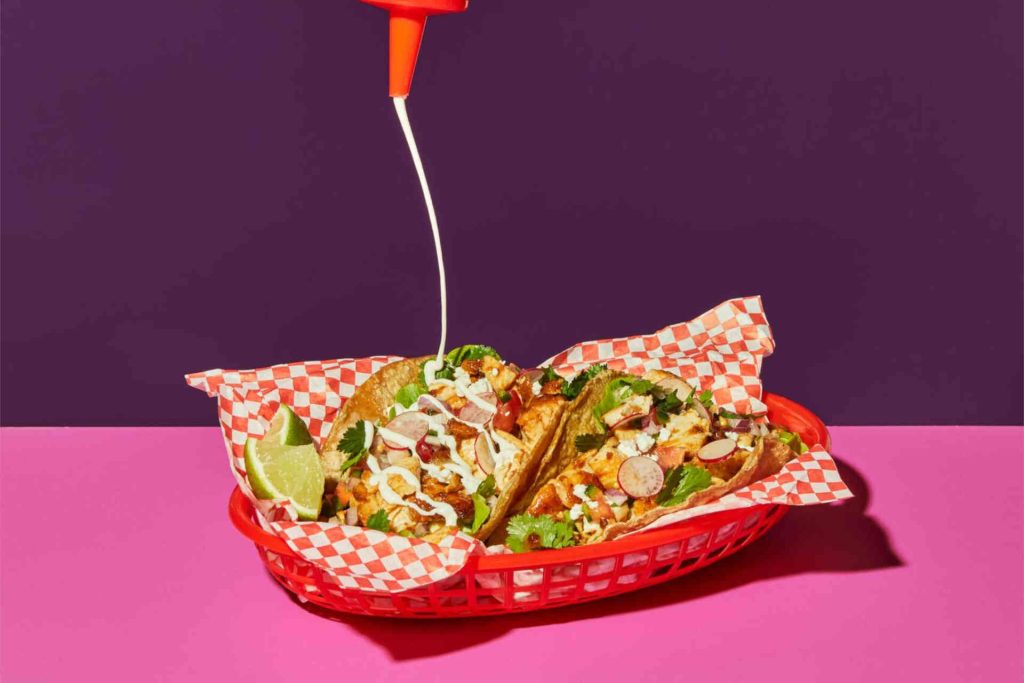
What can gastronomy expect in 2025? The new Future Menus Report from Unilever Food Solutions shows four food trends that are changing kitchens around the world: from street food to Michelin-starred cuisine to multi-sensory dining experiences. Discover all the insights now!
At a time when culinary preferences are changing faster than ever before, the latest Future Menus Trend Report 2025 from Unilever Food Solutions (UFS) provides indispensable guidance for foodservice businesses worldwide. Based on data from 21 countries, social media analyses with over 237,000 keywords and the knowledge of over 1,100 kitchen professionals and 250 culinary advisors, this report not only acts as a trend barometer, but also as a practical toolbox for gastronomic practice.
Trend research is no longer an end in itself - it is an economic and creative management tool. As food expert Hanni Rützler puts it: “Food trends are search movements in our food culture” - they reflect social desires, changing values and innovations. Companies that are prepared to embrace this change not only ensure economic resilience, but also relevance in an increasingly differentiated market.
This year's trend report focuses on four central developments that catering businesses should not only be aware of, but actively shape:
Unilever Food Solutions not only provides theoretical inspiration, but also directly implementable recipe ideas, techniques and product recommendations. The aim is not only to recognize trends, but also to implement them in everyday kitchen life. CEO Star Chen emphasizes: “Future Menus helps kitchen professionals to meet rising expectations - with tools that ensure growth and relevance.” The figures show that this approach is paying off: Over 3 million restaurateurs worldwide already rely on the expertise of UFS, and seven out of ten recommend it to others.
In addition to the UFS trends, Hanni Rützler's current observations show that the trend landscape continues to differentiate. Whether plant-based cuisine, re-use food, regenerative agriculture or the return to regional authenticity - each of these trends influences how guests want to eat - and how the food service industry must position itself.
In combination with dynamic guest wishes, the urge for individualization and the desire for sustainability, a complex requirement profile emerges that demands innovative concepts - not only for the product, but also for atmosphere, service and communication.
The Future Menus Trend Report 2025 impressively shows how important it is not only to be inspired by trends, but to actively help shape them. Those who speak the language of their guests - emotionally, authentically and with an eye to the future - will also be economically successful.
Today more than ever, restaurateurs are cultural translators, experience creators and trendsetters. Looking to the future starts with the right ingredients - and with reports like this one that make trends tangible and practicable.
You can find more inspiration, recipes and implementation strategies at:
www.ufs.com

Imola is much more than just a race track: the city combines top-class cuisine, cultural monuments, and traditional producers to create an experience that delights connoisseurs, Italy fans, and curious travelers alike. From 2-star gastronomy at Ristorante San Domenico to creative pizza experiences and slow food osterie to historic libraries, palazzi, and award-winning wineries: this guide shows you the best places for cuisine, culture, and shopping—authentic, high-quality, and with real added value for your next visit to Imola.
The two-star Berlin restaurant Horváth returns to Vienna in early 2026 with an exclusive pop-up, presenting an uncompromising new menu based on “emancipated vegetable cuisine.” For two weeks, Sebastian and Jeannine Frank’s team will take over the Herzig restaurant and serve a 7-course menu that shows how innovative, precise, and luxurious vegetables can be today. A culinary highlight for foodies, fine dining fans, and anyone who doesn’t want to miss Austria’s most exciting pop-up experience of 2026.
This time, Sebastian Frank is taking an even more uncompromising approach, with a new menu and a clear message: vegetables can be luxurious – even without caviar.
With the opening of its new distillery in Mosbach, Aromahopping is sending a strong signal about the future of artisanal spirits. Between extraordinary gin compositions, creative tastings, and a high-caliber supporting program, it became clear what makes the Odenwald brand so special: attention to detail, curiosity about new flavors, and a passion for honest craftsmanship.


What can gastronomy expect in 2025? The new Future Menus Report from Unilever Food Solutions shows four food trends that are changing kitchens around the world: from street food to Michelin-starred cuisine to multi-sensory dining experiences. Discover all the insights now!